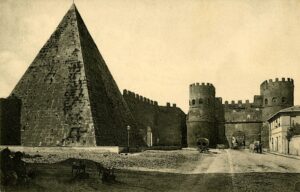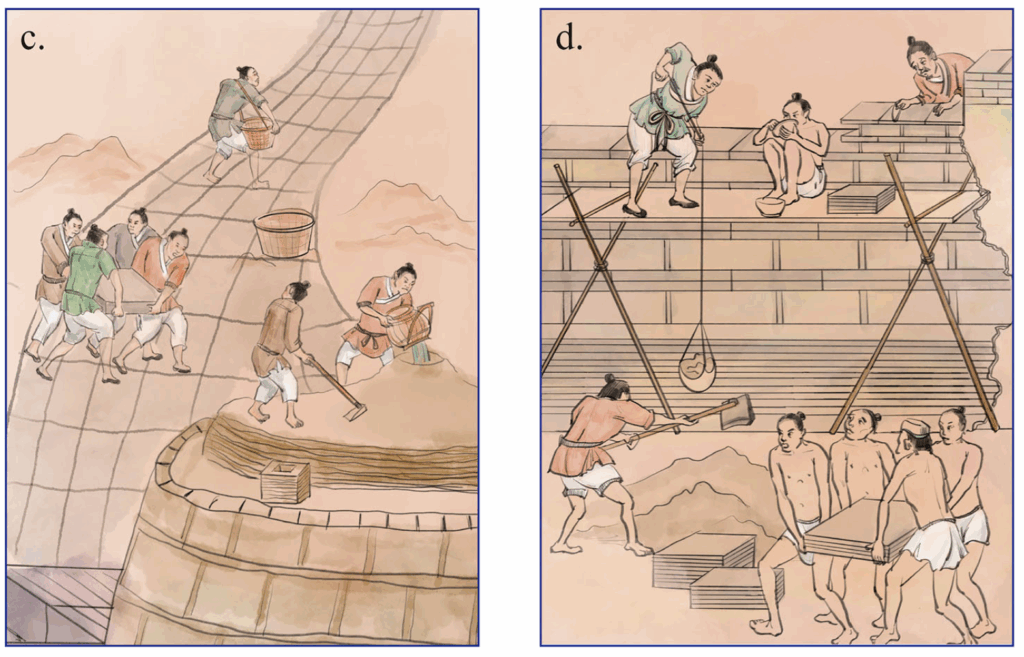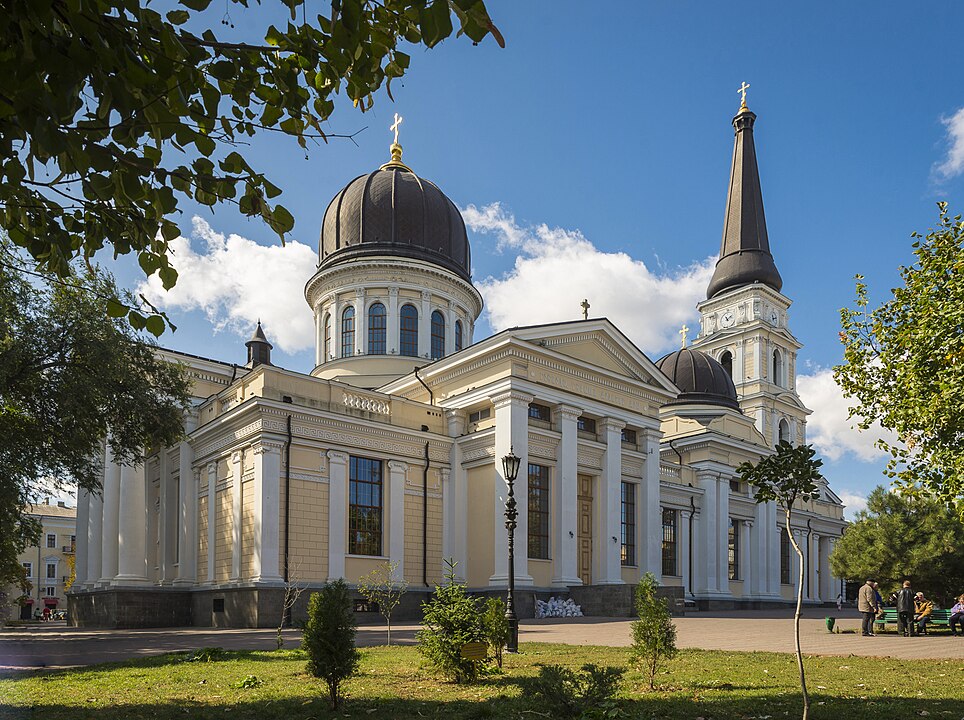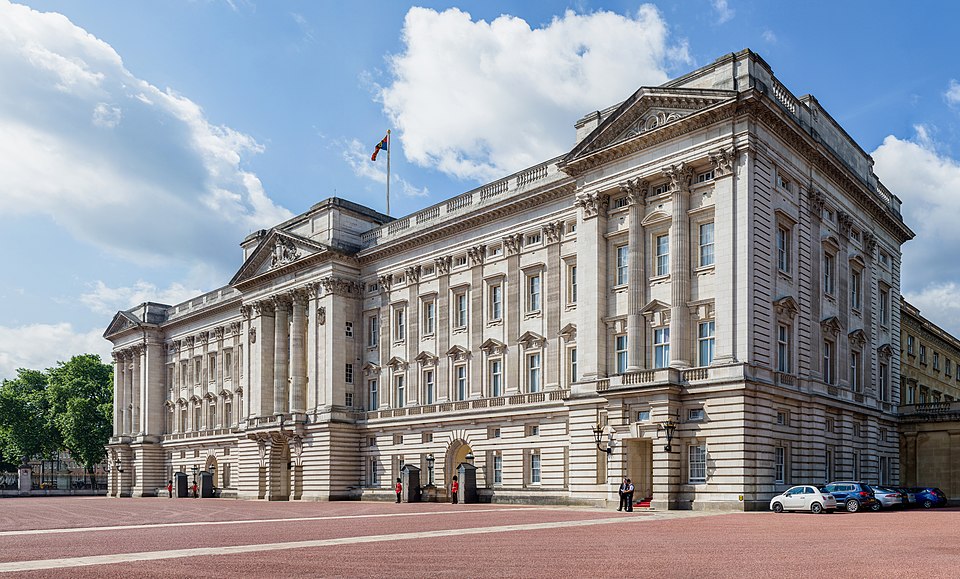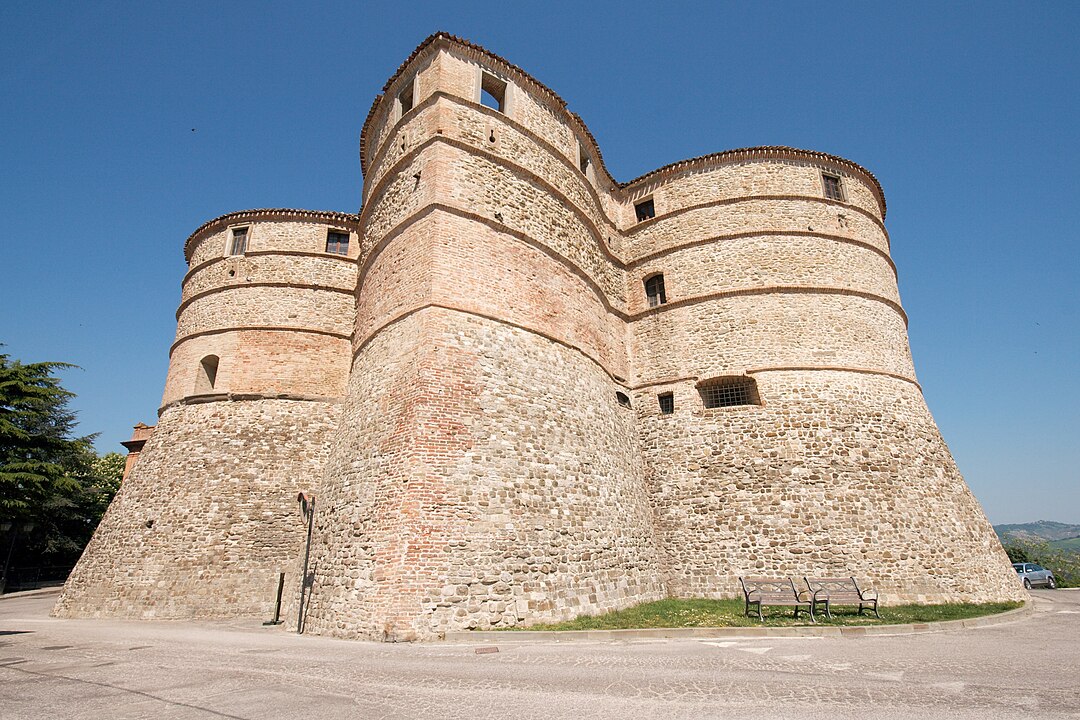Built Heritage: Fire Loss to Historic Buildings – Final Outcomes
In an effort to mitigate the devastating impact of fires on Europe’s cultural heritage, the European Union funded Cost Action C17 from 2002 to 2006
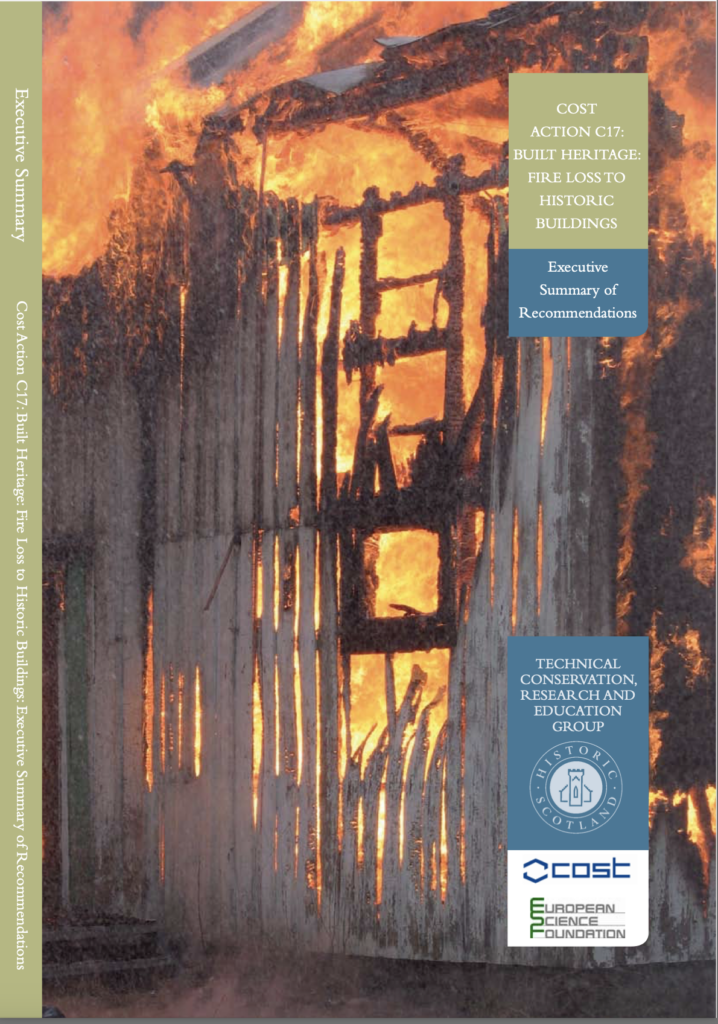
Historic buildings, many of which make up cultural heritage, are exposed to many risks. The voluntary destructions, which for several years have been carried out in war or with acts of terrorism, and accidental events every year take away important testimonies of history and culture. Among unintentional events, fires are one of the most devastating and, in an effort to mitigate their devastating impact on Europe’s cultural heritage, the European Union funded Cost Action C17 from 2002 to 2006. This initiative aimed to address the significant physical and cultural loss of the continent’s built history due to fire damage.
Cost Action C17 was a collaborative project between various experts in the field of fire safety, including scientists, engineers, and historians. The Action was financially supported by the European Science Foundation under the Cooperation Program in the Field of Science and Technology. Over its four years of activity, the project focused on several key objectives:
By achieving these objectives, Cost Action C17 played a crucial role in advancing the field of fire safety for historic buildings in Europe. The project’s efforts have helped mitigate the devastating impact of fires on cultural heritage, ensuring that future generations can continue to appreciate and learn from these valuable structures.
- Documenting Existing Technical Expertise: Cost Action C17 gathered a comprehensive survey of the latest fire protection technology to inform future developments in the field. This included evaluating existing passive and active safety measures for historic buildings.
- Developing Countermeasures: The project team defined an appropriate range of technical equipment countermeasures to protect cultural heritage from fires. These included both active and passive fire protection measures.
- Alternative Approaches: Cost Action C17 explored alternative strategies to combat the current rate of loss in historic buildings due to fires. This involved considering new approaches and technologies to improve fire safety in these structures.
- Conferences and Workshops: The project organized several conferences and workshops to share knowledge on effective risk assessment techniques and mapping using insurance company and other data. These events brought together experts in the field to promote the exchange of ideas and best practices.
- Disseminating Findings: Cost Action C17 published proceedings and recommendations to disseminate its findings and benefits to a wider audience. This included making recommendations for property management and fire safety practices tailored to historical buildings.
The Final Report brochure of the Cost Action C17 may be downloaded here: COST Final Report Brochure
Standards development processes do not appear to frequently address heritage applications. On the other hand, performance-based codes are more likely to introduce new systems. For example, in the case of water mist the COST Action C17 reported on basic knowledge about its use for the heritage community. Challenges, implications and perspectives of the technology were outlined, in order to ensure the best protection of the European heritage possible. A guide on how to accept or approve of mist systems in heritage is given in the white paper (dated July 2004) from Riksantikvaren – The Norwegian Directorate for Cultural Heritage (RNDCH).
In addition to the Three Volume Final Report and the Four Volume Conference Proceedings produced during the duration of Cost Action C17 (2002-2006), various Members have published relevant publications that significantly contribute to the conversation on fire loss in historic buildings across Europe. These new materials offer valuable insights and fresh perspectives, furthering the debate on fire safety management in cultural heritage sites.
At the outset of the Action, Members were consulted on the production of Historic Scotland’s Technical Advice Note TAn 28: Fire Safety Management in Heritage Buildings, published in 2005. Colleagues from Riksantikvaren (The Norwegian Directorate for Cultural Heritage) and Historic Scotland collaborated on three supporting documents, while the directorate also produced an additional volume in support of C17’s remit during 2006.
In total, 16 new volumes can be attributed to the influence and work of Cost Action C17, which are now available in PDF format on this CD. These publications demonstrate the extensive efforts of Members to advance the discussion on fire safety management in cultural heritage sites, contributing to a more comprehensive understanding of the subject across Europe.
In the “CDbooklet” (produced by the Cost c17 Action) it is possible to read the list of the publications associated to the action: CDbooklet
